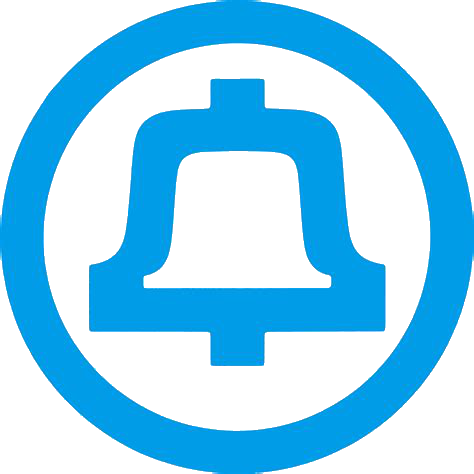Incoming Register
An incoming register (IR) is a circuit in an electromechanical switching system that accepts and stores digits sent to it by another switch, and when reception is complete, passes those digits off to a marker for further handling.
Incoming registers are used in crossbar systems like the No. 5 Crossbar, Crossbar Tandem and 4A Toll Crossbar. A very similar circuit in a No. 1 Crossbar called a terminating sender performs an identical function, despite the naming difference.
Incoming registers may be one of several types, depending on the signaling type used to transmit address information. There must be enough of each type to handle the expected load of incoming calls. Thus, each switch will have a different number of IR's, depending on its expected incoming load. A switch with no revertive pulse incoming traffic may have zero revertive IR's, but a switch with a high amount of revertive pulse incoming traffic may have 30 or more.
Types of Incoming Registers
- Multifrequency Incoming Register (IR MF) - Receives information in the form of MF tones, usually from another crossbar switch, or operator's keyset.
- Dial Pulse Incoming Register (IR DP) - Receives information in the form of dial pulses, usually from a Step-by-Step office, or "A" operator's position with dial.
- Revertive Pulse Incoming Register (IR RP) - Receives information by revertive pulses, from a panel or 1XB exchange.
- PCI Incoming Register (IR PCI) - Receives information in the form of PCI pulses. Used in areas with 1XB or panel offices.
